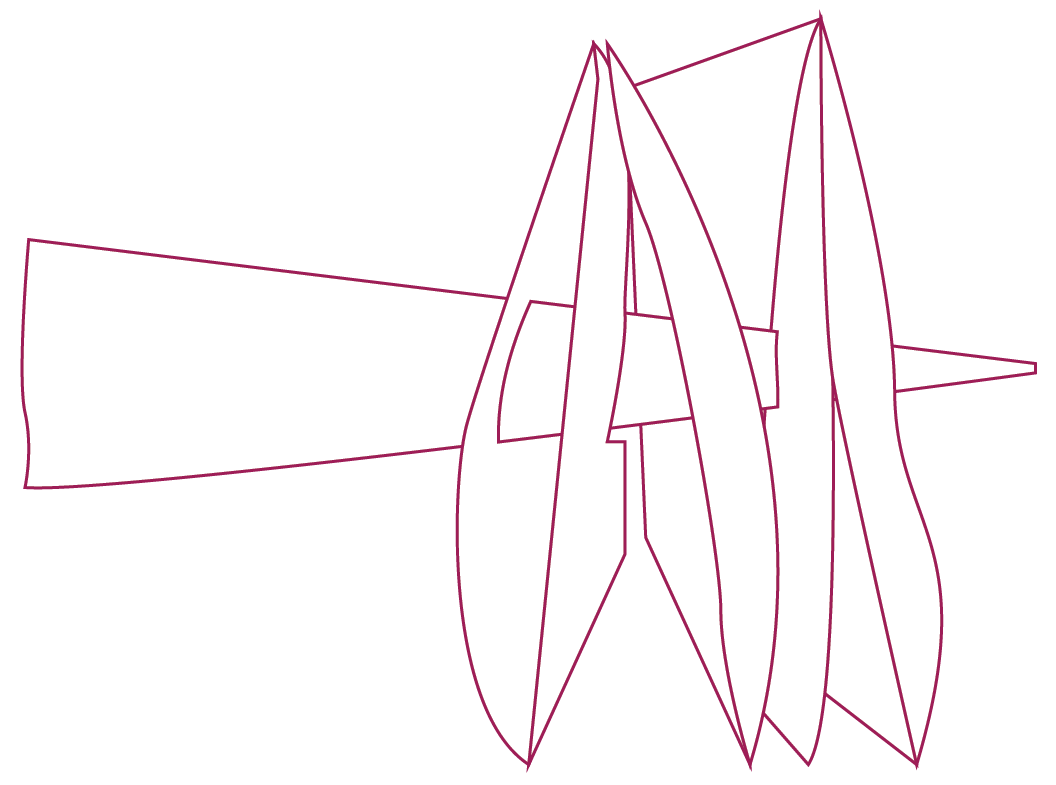invisible ink
See UH0036 (alum). See also UH0033 (artichoke ink), UH0034 (gall ink).
Unlocking History Concept uri
https://letterlocking.org/doll/concept/203
Preferred label
invisible ink
Alternative label
Scope note
A kind of ink which cannot be seen after writing, but is revealed by heat or chemicals.
Top concept
materials
https://letterlocking.org/doll/concept/606
Broader/Parent concept
ink
https://letterlocking.org/doll/concept/195
Related concept
steganography
https://letterlocking.org/doll/concept/521
The Arts & Architecture ThesaurusⓇ Online, The Getty Research Institute Concept uri
http://vocab.getty.edu/page/aat/300015024
The Language of Bindings Thesaurus (LoB) Concept uri
Not in LoB
Scope note source reference
Source
Jana Dambrogio and Daniel Starza Smith with the Unlocking History Research Group. Letterlocking: The Hidden History of the Letter. Cambridge and London: MIT Press, 2025.
Nadine Akkerman and Pete Langman. Spycraft: tricks and tools of the dangerous trade from Elizabeth I to the restoration. 2024. New Haven: Yale University Press.
Nadine Akkerman. Invisible Agents: Women and Espionage in Seventeenth-Century Britain. 2018. Oxford University Press.
Giambattista della Porta's "Magiae Naturalis" (1558; 1644 ed. Book 16–Chapter IV) and Thomas Lupton’s “A Thousand Notable Things” (1579) gives a step-by-step description of how to secretly hide letters in eggs. View Porta's 1644 Latin edition of "Magia Naturalis" in MIT Libraries Institute Archives, Vail Collection, call number: Q155.P78 1644.
Return to
DoLL: alphabetical list of concepts
DoLL: hierarchy (index) of concepts
